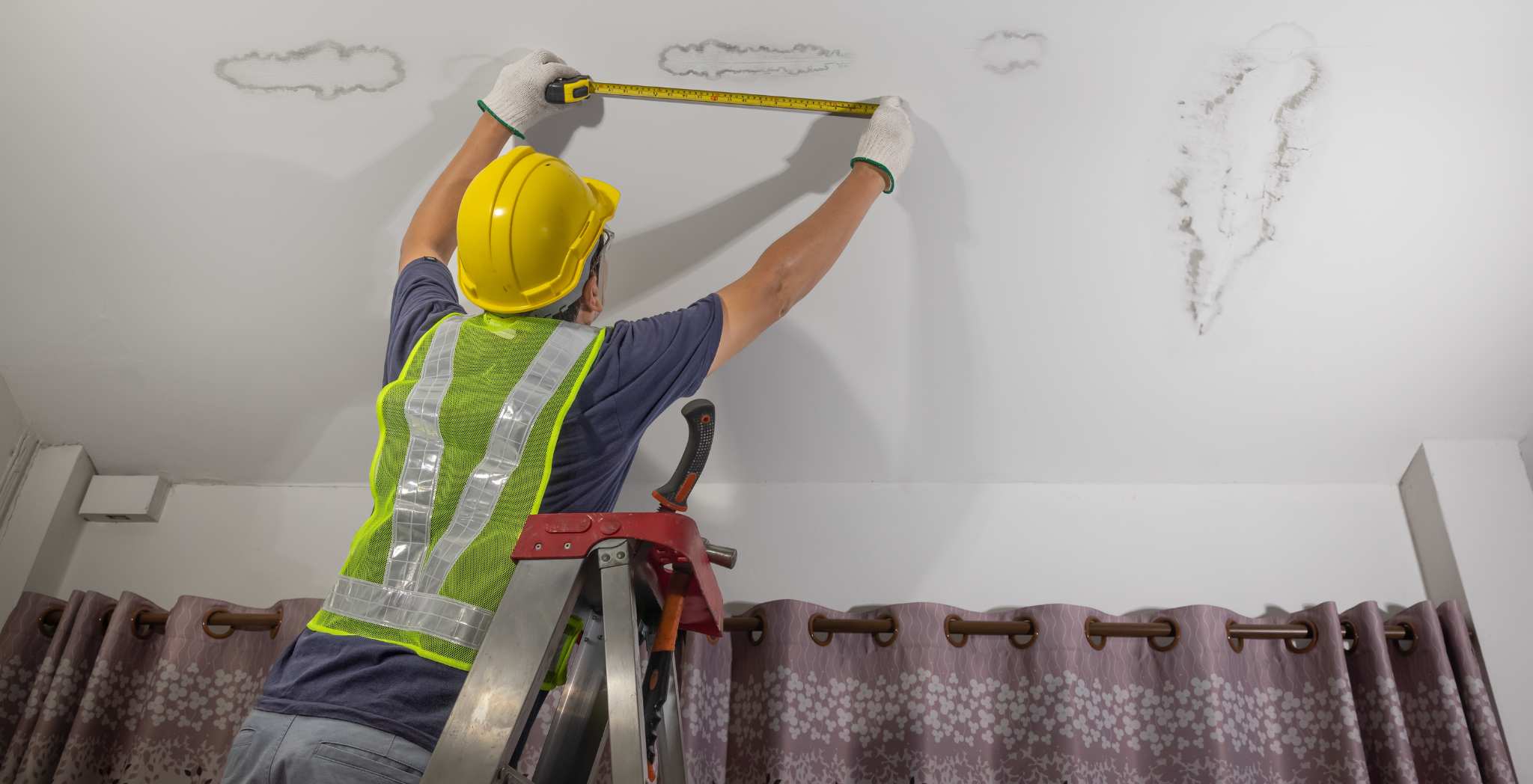Water leaks within walls are a homeowner’s nightmare, often leading to costly repairs and hazardous mold growth. Detecting these leaks early is key to mitigating damage and maintaining a healthy living environment. In this guide, we’ll explore practical methods for detecting water leaks inside walls, helping you to address these issues promptly.
Understanding the Risks of Hidden Water Leaks
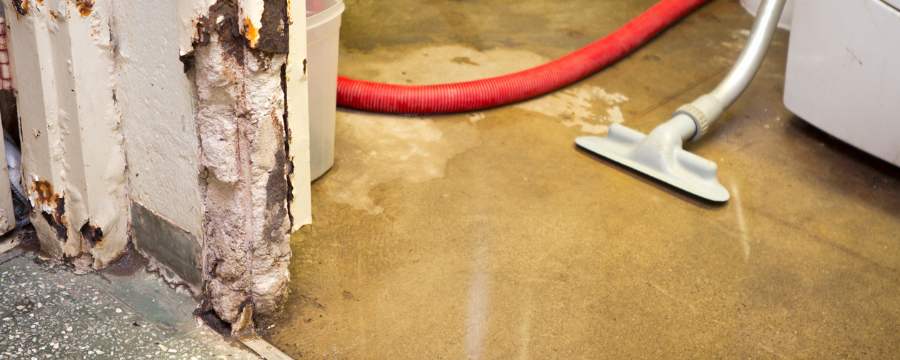
Indoor plumbing leaks, while not always immediately noticeable, can cause significant damage over time. It’s not just about the inconvenience; these leaks can lead to expensive water damage and the growth of harmful molds. Quick detection and repair are crucial to prevent the situation from worsening.
Step-by-Step Leak Detection Process
Start with the Water Meter
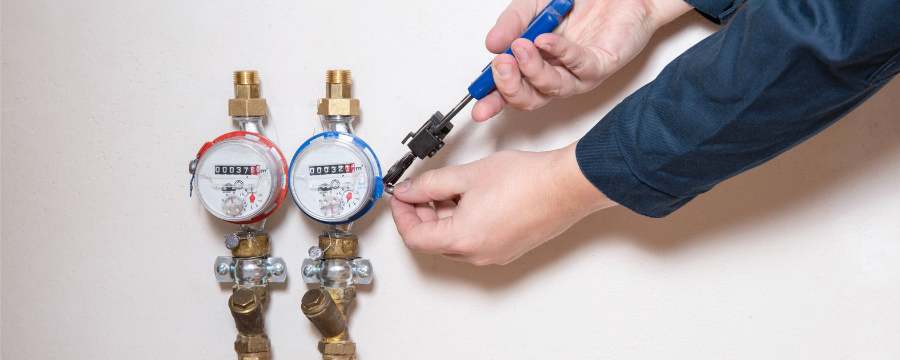
Before calling in the professionals, you can perform a simple check using your water meter:
- Record the Current Meter Reading: Note the number displayed on your water meter.
- Shut Off All Water Sources: Turn off water to appliances, faucets, and any other in-home water sources.
- Wait and Recheck: After 2-3 hours, revisit the meter. An increased reading suggests a leak.
This method provides a preliminary assessment and can indicate whether further investigation is warranted.
Utilize Infrared Cameras
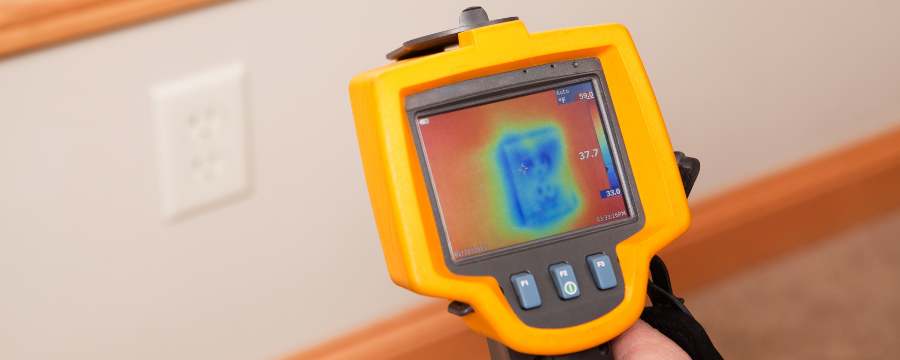
Infrared cameras offer a more advanced approach. These devices detect temperature fluctuations, revealing potential leaks as cool (blue or purple) spots on walls. While not precise in location pinpointing, infrared cameras are effective in confirming the existence of leaks.
Employ Moisture Detection Devices

Moisture meters are invaluable tools in locating water leaks. They measure moisture levels behind walls, with readings higher than one percent indicating moisture presence. Scanning walls with this device helps pinpoint the exact location of the leak.
Recognizing Warning Signs

Apart from technical methods, be aware of subtle indicators of water leaks:
- Musty Odors: A tell-tale sign of mold or mildew, often due to hidden moisture.
- Discoloration: Look for unusual wall stains.
- Unexpectedly High Water Bills: An unexplained increase in water usage can be a red flag.
- Wet Spots: These may appear on walls or ceilings.
When to Call the Professionals: LIFEMECHANICAL
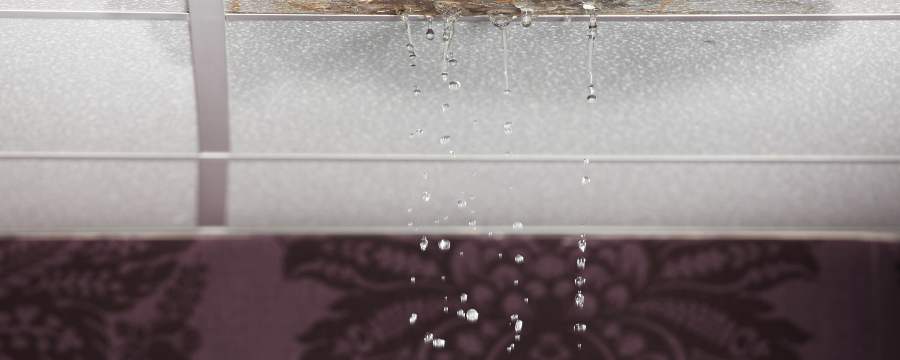
While DIY methods are helpful, some situations require professional intervention. If you suspect a water leak in your wall, consider consulting with LIFEMECHANICAL. Our team offers comprehensive solutions for all types of plumbing leaks, ensuring your home remains safe and damage-free.
Why Choose LIFEMECHANICAL?
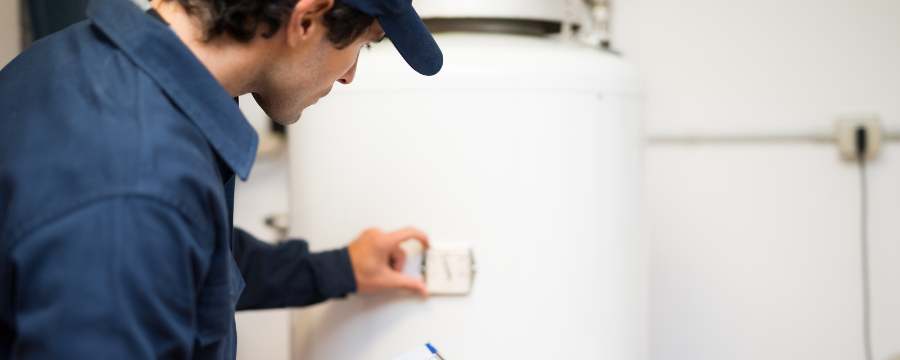
- Expertise in Diverse Plumbing Needs: From water heaters to sewer lines, our professionals handle it all.
- Prompt and Reliable Service: We prioritize quick and efficient leak detection and repair.
Conclusion: Stay Vigilant and Act Quickly
Detecting a water leak inside a wall early can save you from extensive damage and costly repairs, especially when dealing with appliances like Tankless Water Heaters. By employing these methods and recognizing the signs, you can act swiftly to resolve the issue. Remember, when in doubt, professional help from LIFEMECHANICAL is just a call away.
Protect your home from the hidden dangers of water leaks, including those related to Tankless Water Heaters. Stay informed, stay vigilant, and ensure the longevity and safety of your living space.

